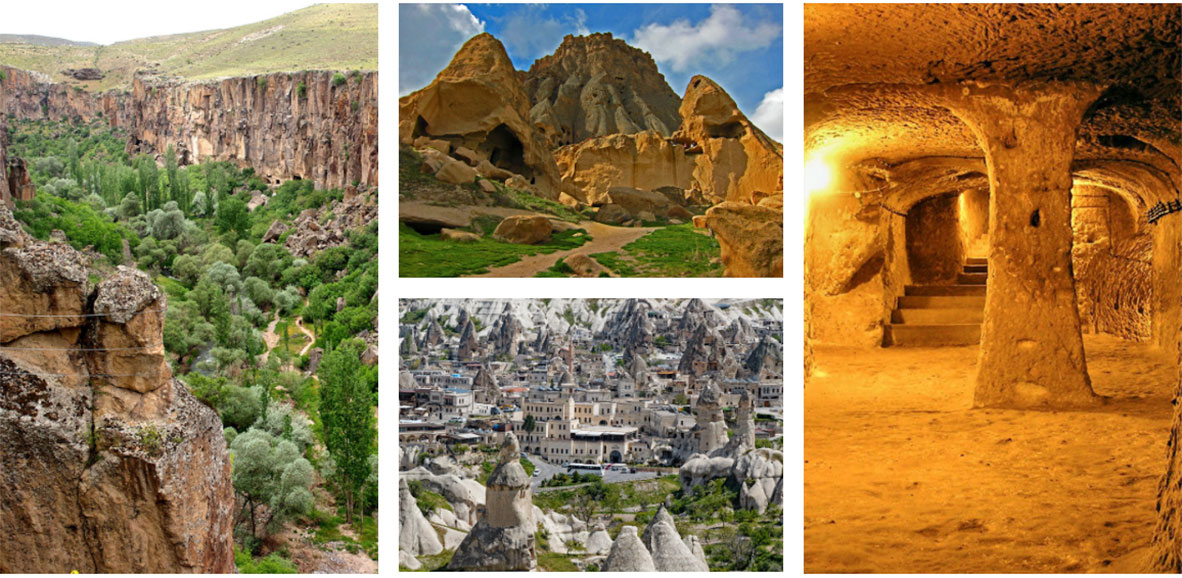Cappadocia is a historical region in Turkey’s Nevşehir Province, largely within the limits of Mount Taurus. In Herodotus’ time, the Cappadocians were said to rule over the whole region from Mount Taurus to the vicinity of the Euxine Sea. Cappadocia was bordered on the south by the Taurus Mountains, which separated it from Cilicia, to the east by the upper Euphrates and Armenian Highlands, to the north by Pontus, and to west by Lycaonia and eastern Galatia in this sense.
Cappadocia has been known by a variety of names, and it is a breathtaking area in Central Anatolia. It’s a geologic wonder with boundaries that stretch from Urgup to Avanos and Uchisar, incorporating the smaller triangle of land. Cappadocia’s three primary valleys include Goreme, Ihlara, and Soganli, where villages first arose.
The term “Cappadocia” was originally used in Christian texts across history and is still employed today to designate a region with exceptional natural wonders, such as fairy chimneys and a distinct historical and cultural heritage. According to a plaque discovered in Persia, the region’s name derives from Old Persian “Katpatuka” and means “land of beautiful horses.”



Comment (0)